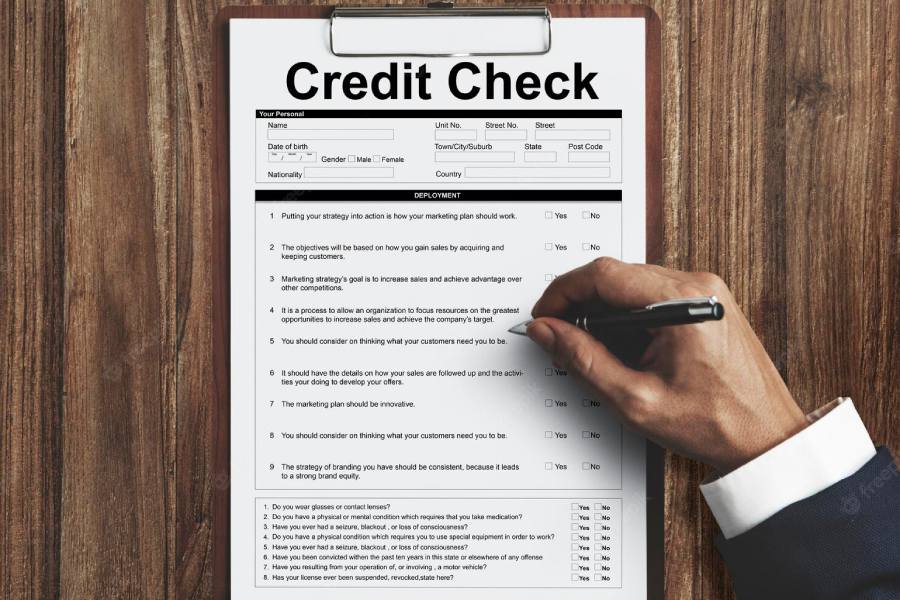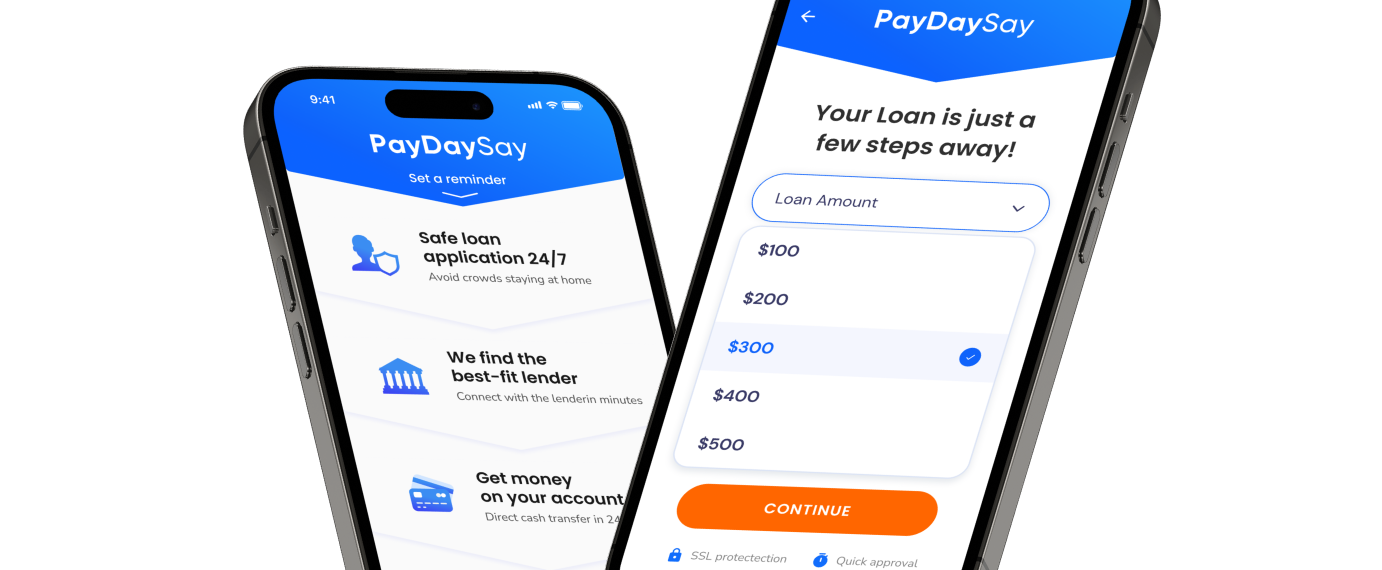If your score is 670, congratulations! It officially is a good credit score. However, the bad news is that if you don’t improve your credit score before applying for new credit, even one credit application can put you back in the fair category.
In this situation, your primary vector should be not to let your score drop and to do everything you can to raise it in the short term. Given that the average FICO score in the U.S. is around 708, you have a very good chance of increasing your score to at least that mark. So how do you do that? Let’s discuss this in this article.
Is It Good To Have a 670 Credit Score?
Officially, this number of points is a good credit score, regardless of whether VantageScore or FICO scoring model is used. However, the problem is that any hard inquiry will take 10 points off your score and put you back into the fair credit category.
Lenders have no problem lending money to such borrowers but do not offer low interest rates or significant credit limits. With this rating, you can get any loan you need, whether a personal loan or a mortgage, but if you score at least 50 more points, you’ll have much better terms.
Let’s take a closer look at all the possibilities that such a rating gives you.

Loans and Credit Cards You Can Get with a 670 Credit Score
Borrowers with your credit score usually get approved for credit cards or unsecured loans the first time. The only thing you should be prepared for is higher interest rates. For example, the difference in APR of car loans for good and excellent credit can be as much as 10%, which is hundreds of dollars per year.
It will be easiest for you to get a loan from online lenders as their requirements are much lower than those of banks. However, be careful and avoid payday lenders, who can lend you money on the same business day but will ask for more than 100% APR.
Personal Loans
Personal loans are installment loans used for private purposes (such as buying a phone or furniture for the house, covering unexpected expenses, or travel). It is the most popular type of borrowing worldwide, so it is easy to get with any rating.
However, you should know that even a 10-20 point difference can help you save hundreds of dollars on APR. For example, a standard personal loan from an online lender will have about 22% APR if your score is 640-679, but if you upgrade to 680-719 points, the APR becomes 18%.
Also, if you don’t stop there and improve your rating to excellent, such as 720-759 points, the APR of personal credits will be almost half of what you have now – up to 13%.
Payday Loans
This type of loan is the most popular among borrowers with bad credit scores. However, you can quickly get it online with your score by filling out the pre-qualification form on the lender’s website and getting the money directly to your bank account within one business day.
However, despite all the convenience of this option, financial experts recommend avoiding it, as it will cost you a lot. In addition, the APR of such loans can reach 2200%, so if you have already decided to take advantage of this offer, read the loan agreement carefully and learn about all the fees and interests.
Use this option only if you do not have any alternative and cannot borrow even from friends. However, even in this situation, try not to go to the first lender you find but to download reliable payday loan apps.
Auto Loans
You only need 670 FICO points to get such a loan. If you go to a bank, a good option for you would be an APR of 8%, while online lenders can have the best offers with an APR of 10%.
With this rating, you can get an average loan of up to $50,000 for 2 to 7 years. Most importantly, don’t submit your first loan application to banks that do hard credit checks because this will lower your score by 5-15 points.
Many lenders work with borrowers whose credit scores exceed 661, so it is better to increase your score by 20-50 moments before applying for an auto loan. You can use the following plan when choosing a lender:
- Compare applications from several lenders, paying the most attention to APR and any hidden fees.
- Choose the shortest loan term that is within your means. The sooner you pay back the loan, the cheaper it will cost you.
- Recheck your expenses and income to ensure you can pay your loan on time. Remember, any late payment can ruin your credit history for seven years.
Business Loans
Loans for business purposes are unavailable to all borrowers, as they usually involve very high amounts. Of course, applicants with excellent credit are ideal for the lender, but if you have a score of 670, you can also apply for a business loan and be approved.
It is important to note that the requirements for SBA loans require the borrower to have at least 680 FICO points. So, you may need business credentials to qualify, such as business ownership experience. It is also important to remember that credit scores are not the only indicator that lenders look at, so your high annual income may be the deciding factor in this situation in your favor.
Student Loans
Financial institutions that offer federal student loans usually do not check your credit history and do not make decisions based on your credit score alone. They can only check for missed payments, overdue debts, and loans turned over to debt collectors.
At the same time, companies that provide private student loans will cooperate with you, as their minimum requirement for borrowers is 670 points. However, it is essential to understand that with credit scores of 700 or higher, you will have a better chance of getting a loan and more favorable terms.
Credit Cards
Your credit score will get you a credit card from almost any bank, but you can’t count on lucrative cashback programs or low interest rates. The optimum for 670 points is an APR of 22% to 32% per annum, which is certainly quite a lot.
That said, if you raise your credit score by just 50 points, you can already receive offers from companies that provide credit cards with 0% APR introductory period or the best rewards credit cards.
Why Your 670 Credit Score Is Prevented From Increasing
Five main factors affect your credit rating: payment history, credit utilization ratio, credit mix, age of credit history, and new inquiries. Accordingly, knowing this information, you can improve your credit rating and understand why it is not increasing.
However, more often than not, your credit score doesn’t go up because you have negative marks on your credit report that has been kept there for an average of 7 years, or you have a little credit history, which also affects 15% of your final score.
Derogatory Marks
Credit bureaus keep records of everything you do with your credit accounts (as part of what creditors report). Each new mark on your report can either raise or lower your credit score. And while paying off an existing loan and lowering your credit utilization ratio can add 20-50 points on average, a simple mark like late payment can take away 110 at once.
All marks showing that you are an unreliable borrower cost you between 110 and 350 points. It will take 7 to 10 years to recover from them as they will remain on your report for the entire period. You can contact a credit repair agency if you want them removed or think they are incorrect and do not apply to you.
However, you should remember that such agencies do not guarantee results, and you should only contact them if you have found an error in your report.

Insufficient Credit History
According to the official information, for you to get your credit score, you must have a credit account older than six months. At the same time, this scoring model suggests that those with a more extended credit history should have higher credit scores.
This score is responsible for 15% of your final score, and it’s the only thing you can’t affect if you’ve already had at least one loan. If you don’t have credit accounts at this stage because you, for example, don’t want to borrow money and are living within your means, you can act as a financially literate person.
Financial experts recommend using credit-builder loans, which allow you to save money instead of spending it and build your credit history simultaneously.
How To Maintain Your 670 Credit Score
As you know, 670 seems as good, but 669 is already generally a fair score. Borrowers with fair credit have more problems when they want to get a loan, paying higher interest rates and getting money for a shorter term.
If you take out at least one new loan, your score will drop due to an increase in your credit utilization ratio. Likewise, if you apply to a financial institution conducting hard credit checks, you will lose 5 to 15 points in the short term and fall into the fair category. Using a paycheck loan app can also impact your score negatively if not managed properly.
That is why it is crucial to earn at least another 20-50 points so that you can be in a safer situation, have better loan terms, and have fewer problems getting loans. To achieve this goal, you can use the following tips.
Always Pay On Time
Your payment history is 35% of your score, and one missed payment on your credit report can be worth 110 points. It will remain marked for seven years, making it difficult for you to get new loans at favorable terms.
Make sure to make payments on your loans and other bills. Set reminders for all due dates on your phone and create a small financial cushion of savings that will save you in case you don’t have enough money for a monthly payment.
Don’t Open New Credit Accounts
Each new issue on your report takes away points and shows lenders that you may not be a reliable borrower right now because you may be in a difficult financial situation.
Remember that loans should not be your primary financial tool for getting what you want. In addition, every loan must be repaid over the next few years, so it is essential that you only borrow money when you need it.
At the same time, there is one situation where deciding to open a new credit account, such as a credit card with a higher limit, can help you improve your score. If you don’t use funds from that card, you’ll lower your credit utilization ratio, which is responsible for 30% of your credit score.
Don’t Close Old Accounts
The same credit utilization ratio increases if you close old accounts with unused credit limits. You may feel like you are doing the right thing by getting rid of your old credit card, but you are lowering your score this way.
If you have already closed any of your accounts, you can either open a new one, perhaps even with a larger limit, or pay off some of your loans to stabilize your credit utilization ratio. This works as follows:
- Let’s assume that you initially have a $10,000 credit limit on all your accounts. You currently use only $3,000, so your credit utilization ratio is 30%.
- You decide to close one of your old credit accounts and are left with only $8,000 of your limit, of which you use the same $3,000. As a result, your credit utilization ratio goes up to 37.5%, which is already higher than the norm.
To remedy this situation, you must either pay off some of your existing loans or open a new credit account with a larger limit.
Can I Improve My 670 Credit Score?
If your score is 670, you are working to improve it and get your results. Don’t stop there! Try using the following tips to improve your rating:
- Review your credit reports.
You should do this at least once a year to ensure you don’t miss any negative marks that may appear on your report due to lender or credit bureau errors. In addition, reviewing your report will help you track down any fraudulent activity.
- Pay on time.
Set reminders for all payments on your phone so you don’t miss them. Remember, each missed payment can take 110 points off your credit score and ruin your credit history for the next seven years.
- Keep old accounts open.
Try not to close credit accounts if you have outstanding loans. You can only close any account you haven’t used for several years if you have no other loans and don’t plan to take any shortly.
- Keep your credit utilization rate low.
Use no more than 30% of your available credit limit to earn maximum points for that score when calculating your FICO score.
- Limit applying for new accounts.
Avoid banks that do hard credit checks before giving you a loan, and only apply for one loan at a time. Try to split up your purchases so that you don’t have to borrow money more often than every 6-12 months.

VantageScore vs. FICO Calculating Credit Score Models
VantageScore and FICO are the most popular credit-scoring models for lenders. They are very similar to each other but have different uses. For example, 90% of lenders use the credit score, so we discuss it more often in our articles.
FICO has five criteria based on which your score is calculated. The second company has only 6 (credit utilization ratio and amounts owed are divided into different categories, while FICO has one), but their weight in the final calculation is unknown.
Both have a scale from 300 to 850 points. However, FICO appears only for those with a credit history older than six months, while the VantageScore can be obtained as early as one month from the start of loan use.
The other difference between these models is the different approaches to loan inquiries. For example, if you apply for a large loan (student or car loan, mortgage) from several other lenders within 45 days, all your applications are entered into your FICO score as one. It is the same with VantageScore, but for all types of loans, only if submitted within 14 days.













 on your homescreen
on your homescreen
